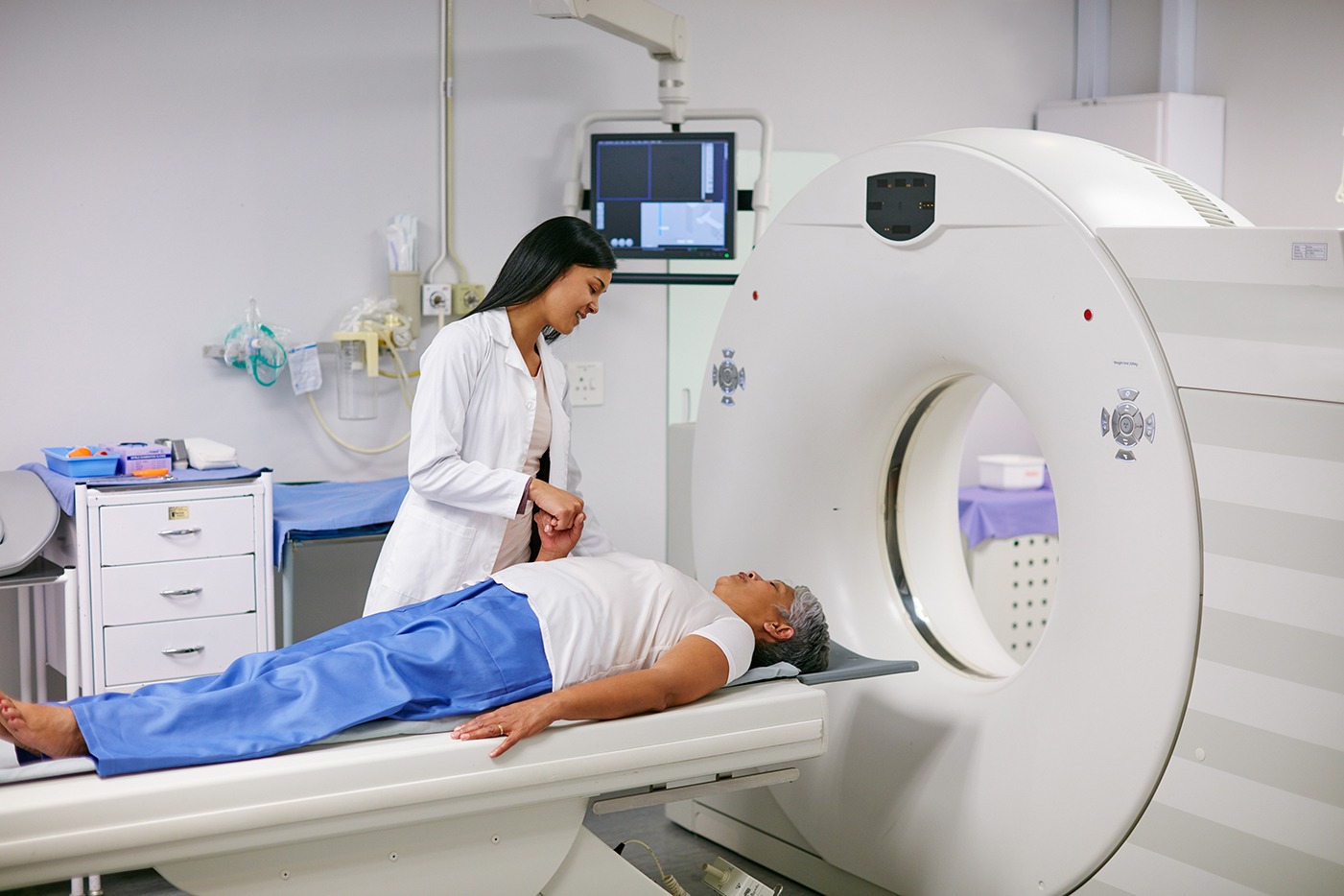Why Would You Need an MRI LT Wrist Joint?
1] Wrist Pain or Swelling: Persistent wrist pain, especially if it does not improve with rest or over-the-counter medication, may require further investigation to determine its cause.
2] Fractures or Bone Injuries: Although X-rays are often the first choice for detecting fractures, MRIs provide a more detailed image and are better at showing soft tissue injuries, which may accompany bone fractures.
3] Ligament and Tendon Injuries: Sprains or tears in the ligaments and tendons that stabilize the wrist can be difficult to diagnose with standard imaging. MRI offers superior detail in identifying such injuries.
4] Arthritis: Both osteoarthritis and rheumatoid arthritis can affect the wrist joint, leading to pain, swelling, and reduced mobility. MRI Scan helps assess the extent of joint damage and inflammation.
5] Carpal Tunnel Syndrome: MRI can be used to visualize the median nerve and surrounding tissues in the wrist, helping doctors diagnose conditions like carpal tunnel syndrome.
6] Tumors or Cysts: MRI is excellent for identifying soft tissue abnormalities such as tumors, cysts, or other growths that may be affecting the wrist joint.
7] Infections or Inflammatory Diseases: Conditions like tenosynovitis or septic arthritis can cause swelling and pain in the wrist. MRI helps assess the level of inflammation and detect any infections.
MRI LT Wrist Joint Cost Pune
The cost of an MRI LT Wrist Joint in Pune is typically around Rs. 2500. This scan is used to evaluate the left wrist joint for conditions such as ligament injuries, tendonitis, fractures, or arthritis. The price may vary depending on the diagnostic center, the type of MRI equipment, and any additional services offered. For accurate pricing and availability, it's best to consult local MRI centers in Pune.
The MRI Procedure: What to Expect
1] Preparation: Before the MRI, you may be asked to remove any jewelry or metal objects, as they can interfere with the magnetic field. You will also be required to wear a hospital gown.
2] During the Scan: You will be asked to lie down on a table, and your wrist will be positioned inside the MRI machine. It’s important to remain still during the scan, as even slight movements can affect the quality of the images. The MRI machine is large and can be noisy, so earplugs or headphones may be provided.
3] Duration: The MRI of the wrist typically takes about 30 to 45 minutes, depending on the complexity of the images needed. You may be given a contrast dye (gadolinium) through an intravenous (IV) line if additional detail is required.
4] Post-scan: After the MRI is completed, you can resume your normal activities immediately, unless otherwise instructed by your physician. The images will be reviewed by a radiologist, and a report will be sent to your doctor, who will discuss the findings with you.









